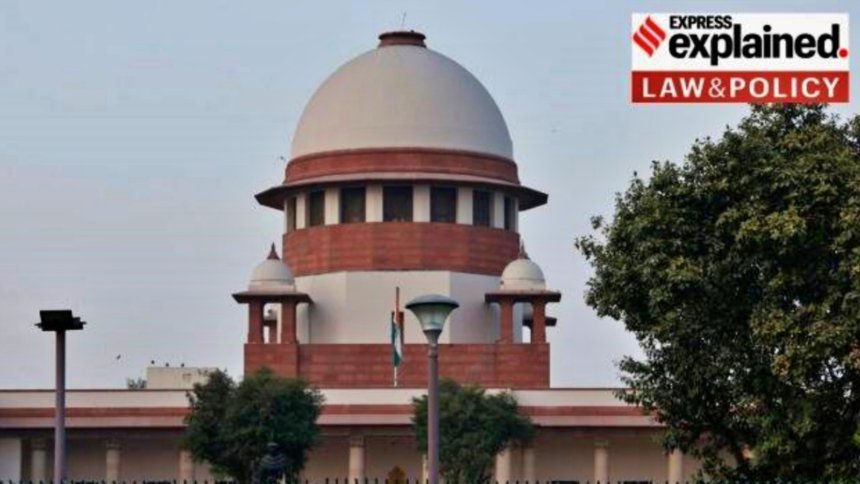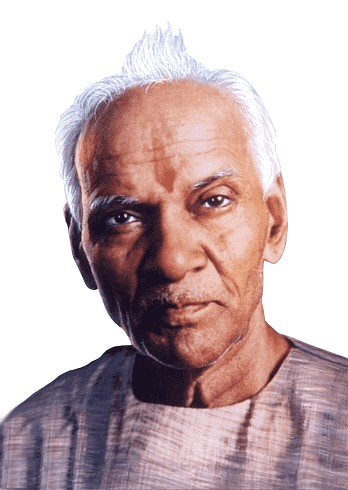On Friday, the Supreme Court will deliver its judgment on whether Aligarh Muslim University can claim minority status under Article 30 of the Constitution. A seven-judge bench headed by Chief Justice of India DY Chandrachud had reserved the verdict in February.
Legal disputes over the university’s minority status are more than half a century old.
In 1967, the Supreme Court ruled on a challenge to two amendments to the university’s founding act, which it held deprived the Muslim community that established AMU of its right to govern the university under Article 30.
The first amendment in 1951 allowed non-Muslims to become members of the University Court (the highest governing body at the time) and replaced the Vice-Chancellor of the University with a Visitor from the President of India. The second time, in 1965, expanded the powers of the AMU Executive Council, which meant that the University Court would no longer be the highest governing body.
The Supreme Court held that AMU was neither established by nor administered by the Muslim minority – rather, it came into existence through an Act of the Central Legislature (Aligarh Muslim University Act, 1920). (S Aziz Basha vs Indian Union, 1967)

Facing strong opposition to the ruling, the government amended the AMU Act in 1981, saying it was established by the Muslim community for the cultural and educational advancement of Muslims in India.
In 2005, AMU offered 50% reservation to Muslims in postgraduate medical programmes, for the first time. The following year, the Allahabad High Court struck down the university order and the 1981 amendment on the ground that AMU was not a minority institution as claimed by Aziz Basha.
Soon after, the HC order was challenged in the SC. In 2019, the matter was brought before seven judges. Friday’s verdict will decide whether Azeez Basha will be overturned, or indeed whether AMU is a minority institution protected by Article 30 (“the right of minorities to establish and manage educational institutions”).
What does minority status mean?
Under Article 15(5) of the 2006 Constitution, minority educational institutions are exempted from reservation of seats for Scheduled Castes and Scheduled Tribes. Since the minority status of AMU is yet to be determined and the SC directed in 2006 to maintain the status quo, there is no SC/ST quota in the university.
The Center argued in the Supreme Court this year that if AMU is declared a minority institution, “it will continue not to provide reservation to SCs/STs/OBCs/EWS, [in jobs and seats, but] It will provide up to 50% or more reservation to Muslims”.
Furthermore, the “administrative structure” of AMU will be changed from the current setup where the executive committee has supremacy and is composed of people from various fields with domain expertise” – even though AMU is an institution of national importance, But has a separate admission process from other such institutions.
The Center also believes that “large national institutions like the AMU should maintain their secular origins and serve the greater interest of the country first”.
The submission on behalf of AMU stated that the Center was “wrong” in arguing that AMU’s minority status “would be contrary to public interest as it would exempt them from reservation of seats for other disadvantaged groups” as it negates the constitutional provision: Protect the special rights of minority groups.
On the inability of the reservation to apply to AMU, senior advocate Kapil Sibal said in a counter-note filed on behalf of the AMU Old Boys (Alumni) Association, “Article 30 itself is a recognition of the rights of the community which also require special protection”. Therefore, the exemption for minority educational institutions provided for in Article 15(5) “is not an exception to equality but merely a different aspect of equality aimed at balancing the needs of different sections of society, whether based on religion or caste”. class”.
St. Stephen’s Cathedral References
In 1992, the SC referred to the minority status of St. Stephen’s College, Delhi, the right to govern the institution and to have its own admission process (St. Stephen’s College vs. Delhi University). The college reserves 50% of its seats for Christian students.
The center submitted in its argument that St. Stephen’s Church was founded “by the Cambridge Mission of Delhi in partnership with the Society for the Propagation of the Gospel (SPG)… [and] There was no government involvement” and the AMU was created by an Act of Parliament.
Furthermore, the St. Stephen’s College building was leased and subsequently built by SPG, while AMU “had been [been] Received government subsidy…”.
However, Sibal argued that in the St. Stephen’s University case, the Supreme Court held that “governance should be construed as the continuing stewardship of the minority community upon which the university was established, and not as a test of MEI status”. mechanism)”. Therefore, “once an ethnic minority establishes an educational institution, the institution becomes the subject of ‘management rights’ stipulated in Article 30.”
Senior advocate Rajeev Dhavan submitted on behalf of AMU: “…universities like Ariya University (Kolkata) and colleges like St. Stephen’s College are fully funded by the government”, which means “the government recognizes that even if an institution is fully funded by the government, Government funding, it will not lose its minority status”.

